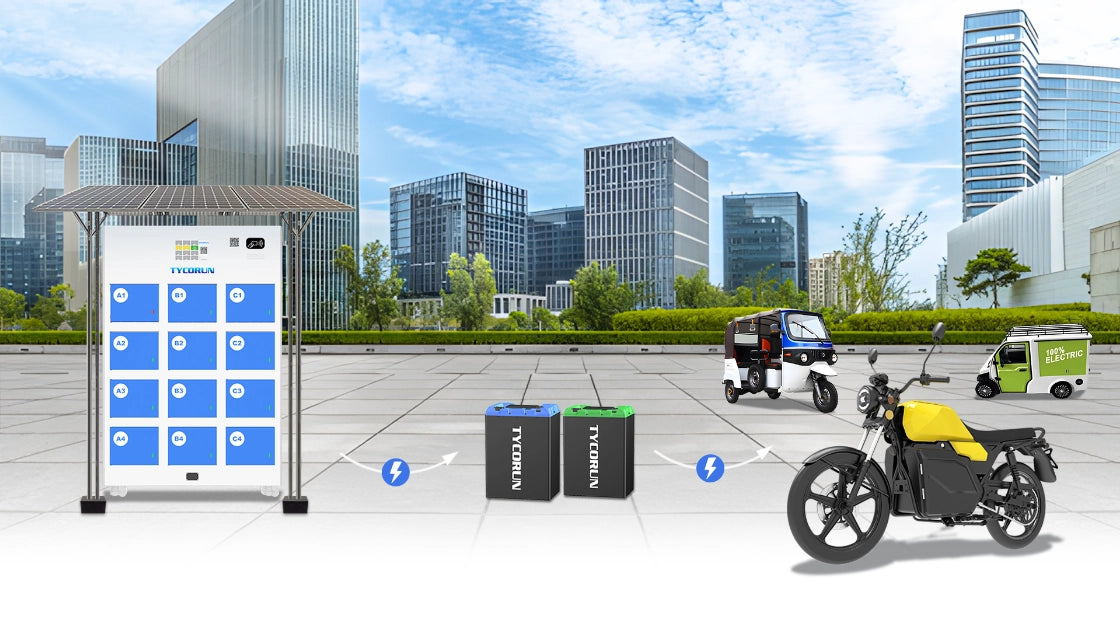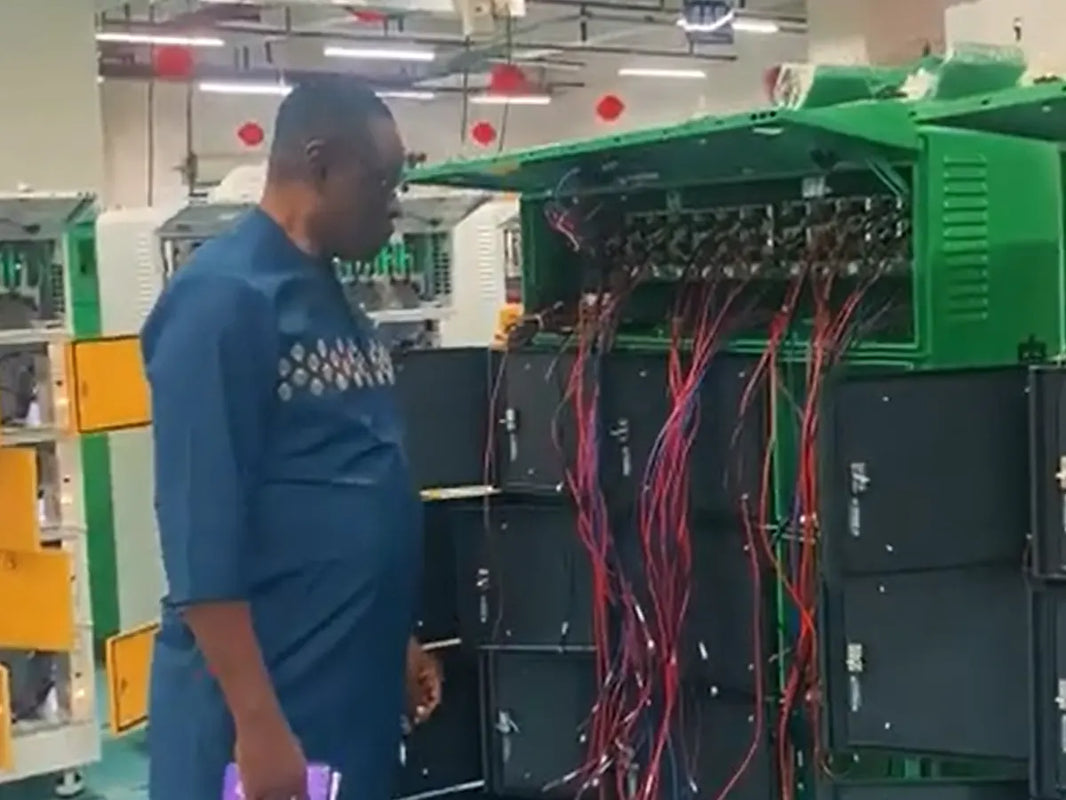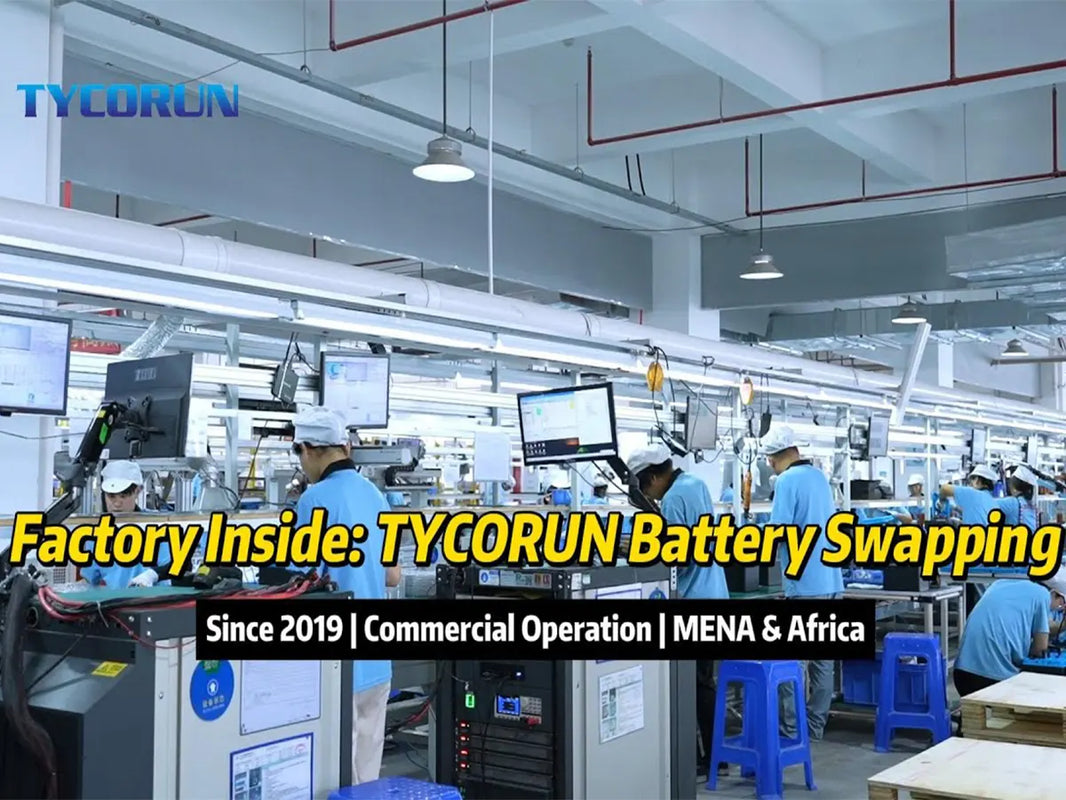Lithium ion batteries have become a cornerstone of modern technology. From smartphones and laptops to electric vehicles and renewable energy storage, these batteries power our daily lives. But have you ever wondered what’s inside a battery and what makes it so efficient and long-lasting? In this guide, we will explore the main components of lithium ion batteries, how they function, and why understanding what’s inside a battery matters.

Main content:
- Understanding What's Inside a Battery
- What is a Lithium-Ion Battery?
- Battery Vs. Cell
- What's Inside A Lithium-Ion Battery?
- The Electrodes: Anode and Cathode
- Battery Electrolyte
- The Separator
- Current Collectors
- Battery Casing
- How To Improve Lithium-Ion Batteries
- Failures Inside a Battery
- How To Recycling What'ss Inside A Battery?
- Conclusion
- FAQs
Understanding What's Inside a Battery
A battery may look simple from the outside, but inside it has important parts that create portable energy. If you like technology or just want to learn more, knowing what’s inside a battery helps you understand safety, performance, and how long the battery will last.

Many battery problems happen because something goes wrong inside. So learning how a battery works is not just interesting — it’s useful.
This knowledge also helps when you need a custom power solution. Tycorun, a well-known custom lithium battery manufacturer from China, works with many industries to design batteries that fit special needs. By understanding the inside of a battery, they can choose the right chemistry, size, voltage, and power level for each project.
What is a Lithium-Ion Battery?
A lithium ion battery is a type of rechargeable battery that stores energy chemically and converts it into electrical energy when needed. Unlike traditional batteries, lithium ion batteries offer higher energy density, longer lifespan, and lighter weight. Understanding what’s inside a battery can help us appreciate how these components work together to deliver consistent power.
Battery Vs. Cell
Multiple lithium-ion cells are connected internally to form a complete lithium-ion battery. You can think of these cells as the essential building blocks inside a battery. Each cell has its own chemistry, and this chemistry determines its voltage. For example, a single lithium iron phosphate (LiFePO₄) cell, commonly used in many high-quality battery systems—has a nominal voltage between 3.2 and 3.8 volts. Meanwhile, full battery packs often come in standard voltages such as 12V, 24V, and 48V depending on how many cells are arranged inside a battery.

When cells are connected in series, their voltages add together. Connecting four cells in series creates a 12-volt battery, while eight cells in series produce a 24-volt system. Cells can also be wired in parallel, which increases capacity rather than voltage. For example, two cells wired in parallel will last about twice as long as a single cell because their capacities combine inside a battery.
What's Inside A Lithium-Ion Battery?
When you look inside a battery, you’ll find multiple lithium-ion cells arranged in series and parallel, the wiring that links them, and a battery management system (BMS). The BMS is one of the most important components inside a battery because it monitors temperature, voltage, and overall health. It also balances the energy across all cells at the top of each charge to maximize lifespan and performance.

The Electrodes: Anode and Cathode
Anode and cathode, the anode is the negative electrode, usually made from graphite, while the cathode is the positive electrode and typically made from lithium cobalt oxide, lithium iron phosphate, or lithium manganese oxide. During charging, lithium ions move from the cathode through the separator to the anode; during discharge, they flow back toward the cathode. The chemistry of these materials plays a direct role in the battery’s performance and lifespan.
Battery Electrolyte
The electrolyte inside a lithium-ion battery helps transport lithium ions between the anode and cathode. Most commonly, this electrolyte is a lithium salt dissolved in a solvent. Good electrolyte stability is essential for safe and efficient ion movement inside a battery.
The Separator

The battery separator is a thin, porous sheet placed between the anode and cathode. It allows ions to pass through but prevents electrical contact between the electrodes, which would cause a short circuit. The separator also provides safety features—if it overheats, its pores close and stop ion flow, shutting down the cell to prevent damage or unsafe conditions.
Current Collectors
The battery current collector is an essential part of every lithium-ion cell. Even though it looks simple, its role inside a battery is critical. It supports the active materials on the electrodes and gathers the electrons produced during charging and discharging. By efficiently carrying this current inside a battery, the collector helps lower internal resistance and improves coulombic efficiency, cycle life, and overall performance.
Most current collectors are made from thin aluminum or copper foils, and together they can make up more than 15% of the battery’s total weight. Copper works well on the anode side because it is stable at lower potentials and performs reliably inside a battery. Aluminum, on the other hand, is used on the cathode side because it resists oxidation at higher potentials and maintains good conductivity inside a battery. Choosing the right materials for these collectors is crucial for safe, stable, and efficient operation inside a battery.
Battery Casing
The battery casing provides mechanical support and protection for the internal components. It is designed to withstand heat, pressure, and physical impact. Understanding what’s inside a battery also means recognizing the importance of safe casing materials.
How To Improve Lithium-Ion Batteries
Lithium-ion batteries have revolutionized energy storage because they last longer, hold more energy, and charge faster than older technologies. Even so, manufacturers continue to explore better materials and improved designs. Many leading companies are developing solid-state batteries, enhancing cell chemistry, and advancing production methods to create safer, more efficient systems.
Through constant innovation and deeper understanding of what’s inside a battery, the future of lithium-ion technology continues to evolve, bringing higher energy density, longer lifespan, and safer operation to the devices and systems we rely on every day.
Failures Inside a Battery
Sometimes, the components inside a battery can become unsafe if something goes wrong. Several issues may develop, such as:
- The formation of lithium dendrites that can puncture the separator.
- Gas accumulation inside the cells, which may cause swelling or even rupture.
- Thermal runaway, a chain reaction where excessive heat leads to fire or explosion.
Because of these risks, engineers dedicate years to testing, improving, and redesigning the materials and structures inside a battery. Safety must always come first.
This is why choosing batteries from reliable manufacturers like TYCORUN is essential. With high-grade materials, strict quality control, and precise production processes, TYCORUN helps reduce the chance of internal failure and ensures safer performance.
How To Recycling What'ss Inside A Battery?
Batteries eventually reach the end of their usable life, but the materials inside a battery still hold value if they are recovered properly. Elements such as lithium, cobalt, and nickel can be extracted and used again through an effective recycling process.

When batteries are recycled the right way, the components are separated and prepared for new manufacturing, reducing the need for fresh raw materials. Throwing them away incorrectly, however, can lead to environmental damage. By reclaiming what’s inside a battery instead of discarding it, we help cut down on mining activities, decrease pollution, and minimize overall waste—benefiting both the planet and the generations that will come after us.
Conclusion
Exploring what’s inside a battery gives a better understanding of lithium ion technology and its importance in modern life. From the anode, cathode, and electrolyte to the separator and casing, each component plays a crucial role in delivering safe, reliable energy. Whether you’re a tech enthusiast, engineer, or everyday user, knowing what’s inside a battery helps you make informed decisions, maintain your devices properly, and appreciate the incredible technology powering the world today.
FAQs
How long does a lithium ion battery last?
A Tycorun lithium-ion battery can last for about 8 to 10 years under proper usage. Tycorun LiFePO4 batteries have a cycle life of over 4,000, and factors like temperature, depth of discharge, and charge/discharge currents can impact how long the battery will last.
Are all lithium ion batteries the same inside a battery?
No, different chemistries and designs influence the internal components and performance.
Can I open my lithium ion battery to see what's inside a battery?
It's not recommended. Lithium ion batteries can be dangerous if punctured, causing fire or chemical exposure.
Related Articles: Lithium ion battery operating temperature, Battery discharge capacity, Battery overcharging
















